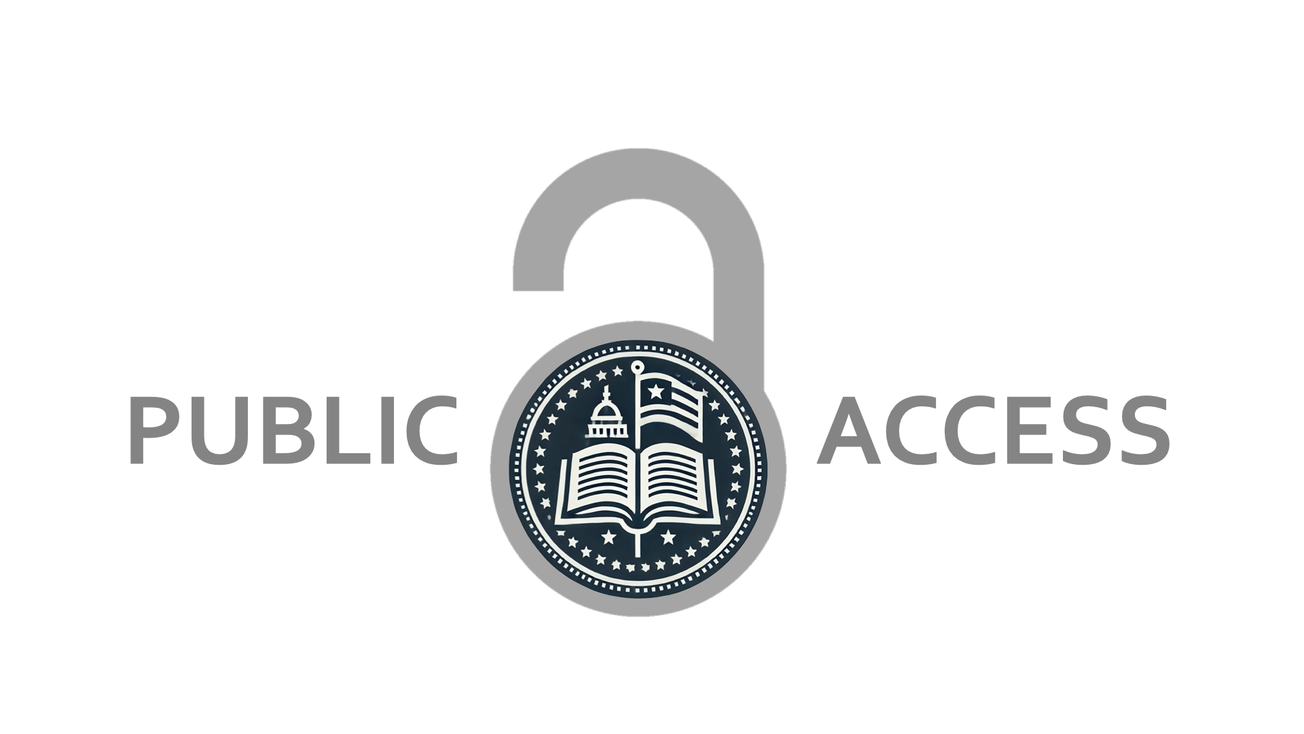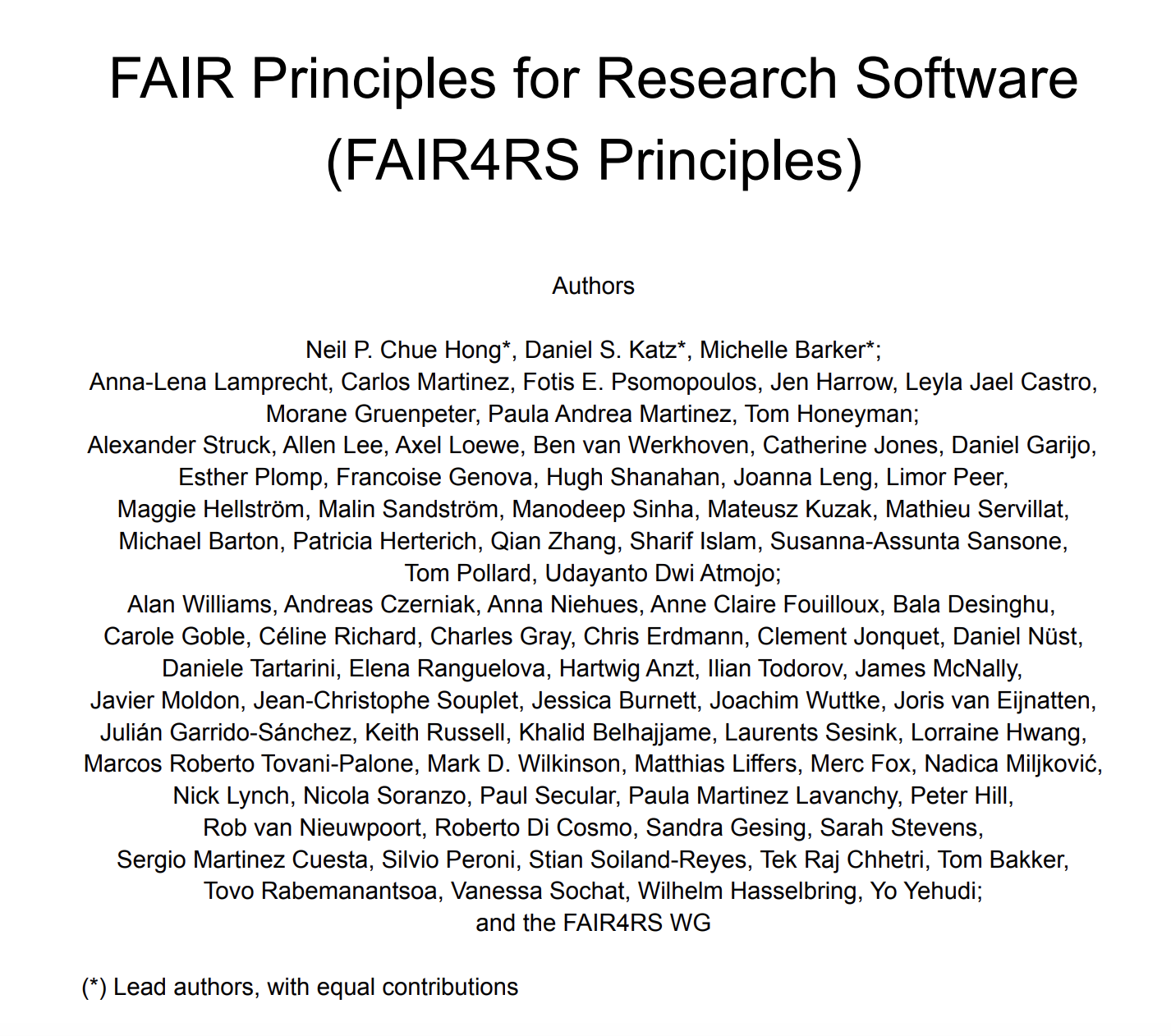Access to cutting-edge research can spark innovation, drive progress, and shape our future. But what to do if the discoveries and scholarly work funded by our tax dollars are locked behind paywalls, accessible only to a privileged few? The U.S. government has been grappling with this question, and recent policy shifts aim to improve access to federally funded research. This article is an overview of the evolution of these game-changing policies and what they mean for researchers.
The Holdren Memo and the Nelson Memo: A Leap Towards Open Science
The landscape of public access to federally funded research in the United States has undergone a significant transformation in recent years. This shift is marked by two key policy documents: the 2013 Holdren memo and the 2022 Nelson memo, both issued by the White House Office of Science and Technology Policy (OSTP).
The 2013 Holdren memo, officially titled "Increasing Access to the Results of Federally Funded Scientific Research," laid the groundwork for expanding public access. It directed agencies to develop a plan for ensuring long-term preservation and public access to scientific publications and digital scientific data. However, it came with some limitations:
- Scope: It only applied to federal agencies with annual R&D expenditures exceeding $100 million.
- Embargo period: It allowed a 12-month delay before research publications became publicly accessible.
- Focus: The memo emphasized improving access to metadata and better management of digital research data.
“These policies will accelerate scientific breakthroughs and innovation, promote entrepreneurship, and enhance economic growth and job creation.” —Holdren memo
Fast forward to August 25, 2022, when the OSTP issued the Nelson memo, "Ensuring Free, Immediate, and Equitable Access to Federally Funded Research." This new policy represents a bold step towards full open access, addressing the limitations of its predecessor and introducing more comprehensive requirements:
- Universal application: The policy now applies to all federal agencies, regardless of their R&D budget size.
- Immediate access: All publications and supporting data from federally funded research must be made publicly accessible without any embargo period.
- Policy updates: Federal agencies are required to update their public access policies by December 31, 2025, to align with the new guidelines.
- Transparency and integrity: Agencies must establish clear procedures to maintain the integrity of scientific and research processes in their public access policies.
- Broad impact: These updated policies are expected to benefit various sectors, from environmental justice and cancer research to clean energy technologies and civil liberties.
This evolution in policy reflects a growing recognition of the importance of open science and the potential for accelerated innovation when research is freely accessible. The Nelson memo, in particular, marks a significant shift towards a more open, equitable, and collaborative scientific landscape in the United States.
Data Management Plans: A Step Towards Better Research Practices
Another key aspect of the Holdren memo was its requirement for federal agencies to ensure that researchers develop data management plans (DMPs). DMPs outline how researchers intend to collect, organize, store, and share their data during and after the completion of their projects. This requirement had a significant impact on the grant application process for federally funded research. Many agencies, such as the National Science Foundation (NSF) and the National Institutes of Health (NIH), began requiring DMPs as part of grant proposals. Researchers now had to think critically about data stewardship from the outset of their projects, considering issues like data formats, storage solutions, and long-term preservation. This shift not only promoted better data management practices but also laid the groundwork for increased data sharing and reuse, aligning with broader open science principles. The inclusion of DMPs in grant applications has since become standard practice, fostering a culture of responsible data management across the scientific community.
Enhancing Technical Accessibility and Integrity
The Nelson memo goes beyond simply mandating open access; it also addresses the technical aspects of how research outputs should be made available. These specifications aim to ensure that federally funded research is not just accessible, but also easily discoverable, usable, and verifiable.
Machine Readability: Powering Data-Driven Research
One of the key requirements in the Nelson memo is that publications and their supporting data must be provided in machine-readable formats. This seemingly technical detail has far-reaching implications:
- Automated Analysis: Machine-readable formats allow computers to easily process and analyze the data, opening up possibilities for large-scale data mining and meta-analyses.
- Integration and Reuse: Researchers can more easily combine datasets or incorporate existing data into new studies, potentially accelerating the pace of scientific discovery.
- Accessibility: Machine-readable formats make it easier to create tools that can present the data in various ways, potentially making complex research more accessible to non-specialists.
Persistent Identifiers: The Digital Fingerprints of Research
Another crucial aspect of the Nelson memo is the requirement for persistent digital identifiers (PDIs). These serve as unique, enduring digital fingerprints for researchers and their outputs:
- Uniqueness and Persistence: PDIs are globally unique and designed to remain valid over time, ensuring that research outputs can always be located and accessed.
- Machine-Resolvable: Like web addresses, PDIs can be automatically interpreted and accessed by computers, facilitating automated linking and referencing of research objects.
- Comprehensive Metadata: Each PDI is associated with a metadata schema, providing rich, structured information about the research object it identifies.
Common examples of PDIs include ORCID IDs for researchers and Digital Object Identifiers (DOIs) for publications and datasets. By mandating the use of PDIs, the Nelson memo aims to create a more interconnected and traceable research ecosystem.
These technical requirements represent a significant step towards a more open, efficient, and integrative scientific landscape. By ensuring that research outputs are not just available but also technically accessible and identifiable, the Nelson memo lays the groundwork for more collaborative, data-driven, and reproducible science. This approach not only benefits researchers but also enhances the ability of policymakers and the public to engage with and benefit from federally funded research.
The National Science Foundation's Implementation of Open Access Policies
The National Science Foundation (NSF), as one of the largest federal funders of scientific research in the US, has been at the forefront of implementing the open access policies outlined in both the Holdren and Nelson memos. Their approach shows how federal agencies are translating these high-level directives into practical policies that impact researchers on the ground.
Response to the Holdren Memo (2013-2022)
Following the Holdren memo, the NSF published document 15-52, which introduced changes to its annual reporting process for grant recipients, including:
- NSF Public Access Repository (PAR): The Foundation established its own repository to host and make accessible the research outputs of NSF-funded projects.
- Mandatory Deposits: Researchers were required to deposit peer-reviewed articles resulting from NSF funding into the PAR. This could be done in one of two forms:
- Author's Accepted Manuscript (AAM): The final version of the manuscript as accepted by the journal, incorporating all revisions from peer review but prior to publisher formatting.
- Version of Record (VOR): The final published version of the article as it appears in the journal.
- Embargo Period: In line with the Holdren memo, the NSF initially allowed for a 12-month embargo period before making deposited articles publicly accessible.
- Data Management Plans: The NSF was also among the first agencies to require data management plans as part of grant applications, promoting better data stewardship practices among researchers.
Adaptation to the Nelson Memo (2022 onwards)
With the release of the Nelson memo, the NSF further refined its policies, as outlined in its Public Access Plan 2.0 (announced via document 23-104), which stipulates:
- Immediate Access: The most significant change is the removal of the 1-year embargo period. All NSF-funded research publications will now be required to be made immediately accessible upon publication.
- Data Accessibility: The NSF now requires the submission of Digital Object Identifiers (DOIs) for publicly accessible datasets associated with publications. This ensures that not just the articles, but also the underlying data, are findable and accessible.
- Machine Readability: In line with the Nelson memo's requirements, the NSF is working to ensure that all deposited materials are in machine-readable formats to facilitate data mining and analysis.
- Persistent Identifiers: The NSF is expanding its use of persistent identifiers beyond DOIs for datasets, likely to include ORCID IDs for researchers and other relevant identifiers.
- Implementation Timeline: These new requirements are set to go into effect in 2025, giving researchers and institutions time to adapt to the new policies.
- Outreach and Education: The NSF is likely to engage in extensive outreach and education efforts to ensure that the research community understands and can comply with these new requirements.
By requiring immediate open access to both publications and data, the NSF is not only complying with federal mandates but also actively promoting a culture of openness and collaboration in science. These policies are expected to accelerate the pace of scientific discovery by making NSF-funded research outputs more readily available to researchers, innovators, and the public at large.
As these policies continue to evolve, the NSF will likely play a key role in shaping the landscape of open science in the United States, influencing how research is conducted, shared, and utilized across various scientific disciplines.
Public Access vs. Open Access: is there a Difference?
Public Access:
- Research outputs are freely available to read
- May have restrictions on reuse and redistribution
- Typically hosted in specific repositories (e.g., PubMed Central, NSF-PAR)
- Under new policies, no embargo period for federally funded research
Open Access:
- Research outputs are freely available to read, reuse, and redistribute
- Typically uses open licenses (e.g., Creative Commons)
- Can be published in various venues, including open access journals and repositories
While both make research freely available, open access generally offers more freedoms on reuse and redistribution. US policy mandates public access, but is silent on the form it takes.
References and Further Reading
- John P. Holdren, “Increasing Access to the Results of Federally Funded Scientific Research,” memorandum, US Office of Science and Technology Policy [PDF], February 22, 2013
- Alondra Nelson, “Ensuring Free, Immediate, and Equitable Access to Federally Funded Research,” memorandum, US Office of Science and Technology Policy [PDF], August 25, 2022
- NSF Public Access Plan 2.0 [PDF], February 2023
- DOE Public Access Plan [PDF], June 2023
Acknowledgments
This blog post was originally published on the blog of the GW Open Source Program Office, OSPO, of which the author is faculty director.
Copyright © 2024 Lorena A Barba. Distributed under the terms of the Creative Commons Attribution 4.0 License.










